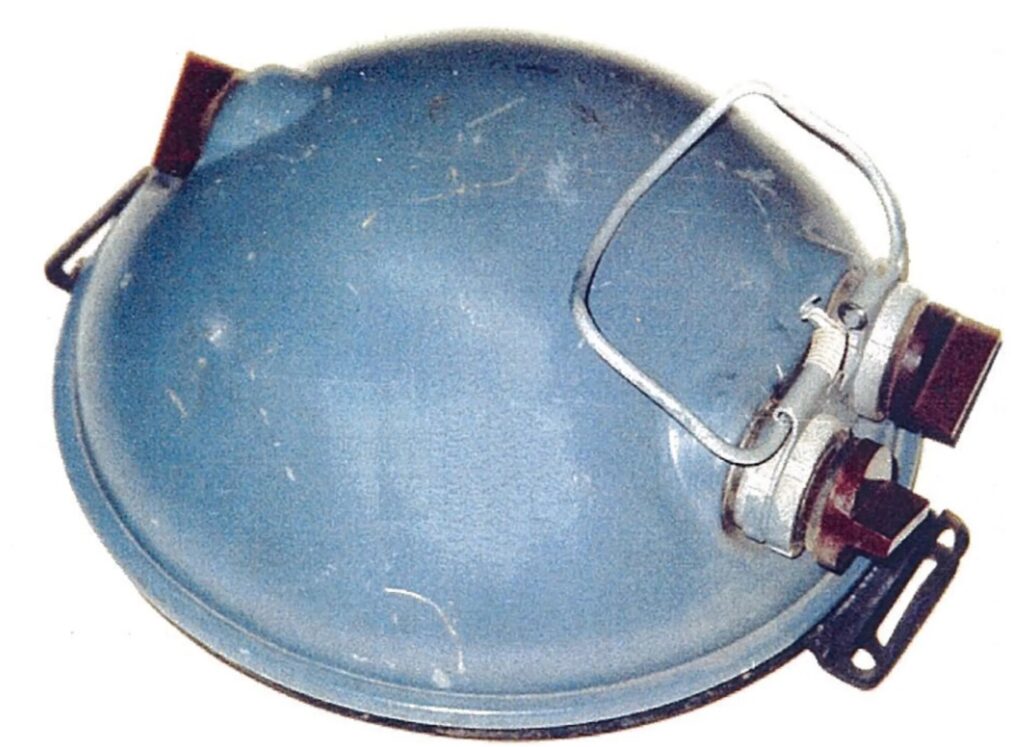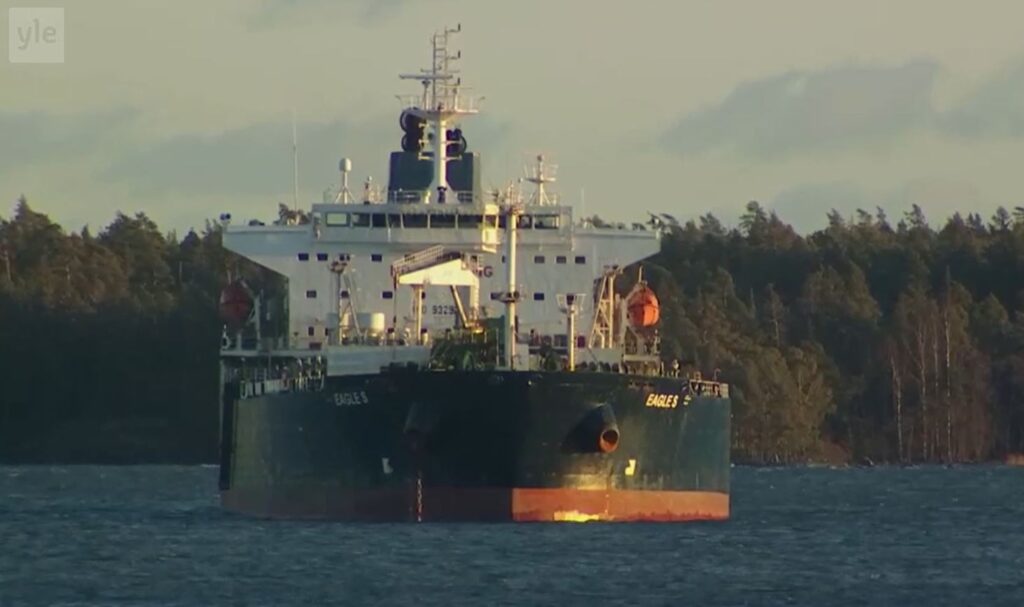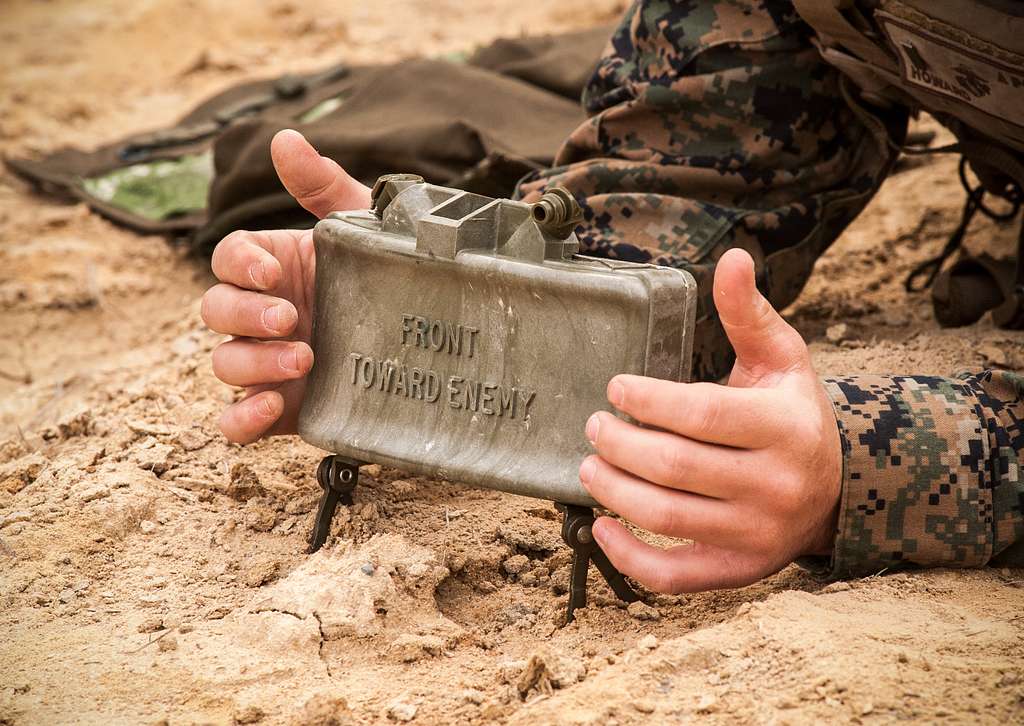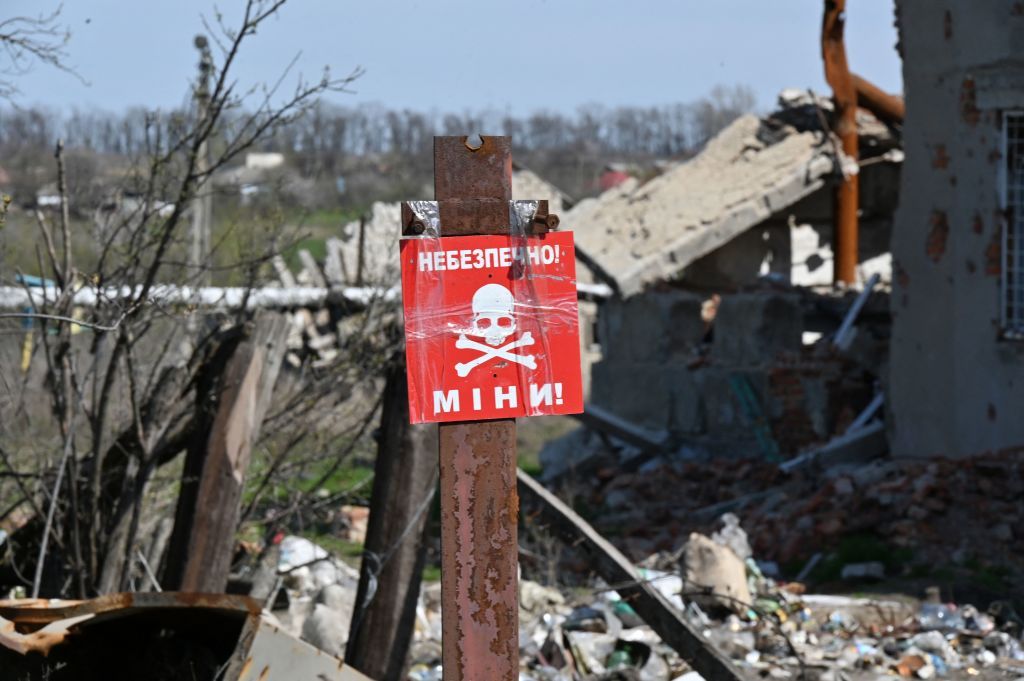Kyiv’s AI coders take aim at hidden Russia’s killers beneath soil

Ukrainian developers create algorithms to detect explosives from drone imagery. In Kyiv, 13 teams of engineers have built artificial intelligence capable of spotting landmines in drone imagery, a potential breakthrough for demining efforts, the Ministry of Economy, Environment, and Agriculture reports.
As of 2025, Ukraine is the most heavily mine-contaminated country in the world. Due to Russia’s war, nearly one-third of the country’s territory, an estimated 170,000 to 180,000 square kilometers, is considered mined. That’s roughly the size of half of Germany.
A game-changing competition
Over two days in Kyiv, the teams worked on training neural networks to automatically detect explosive objects. The competition, part of the second stage of the AI Data Jam, tasked participants with analyzing 8,000 training images and 23,000 test images depicting mine threats.
Mentorship was provided by experts from UADamage, The HALO Trust, and Dropla Tech.
The goal: a mine-free Ukraine, one meter at a time
“What began as an experiment has grown into a full-fledged project with international backing and tangible results,” says Deputy Economy Minister Ihor Bezkaravainyi.
There’s a huge motivation behind such AI lessons: to create a unique product that can help safely clear Ukraine of landmine pollution, leveraging cutting-edge technology without putting lives at risk.
Victory and deployment ahead
The winning team, MineWatch AI, developed the most accurate detection model. They received $2,000 in support from UNDP Ukraine and the Luxembourg government and the opportunity to further develop the system in partnership with professional demining experts.
All models and datasets from the challenge will contribute to refining AI algorithms. After successful testing, the technology is set to be integrated into humanitarian demining operations, speeding up and safeguarding the clearance of Ukraine’s contaminated lands.
Read also
-
Lithuania selects Ukrainian tech over alternatives to catch Russian drones following airspace violations
-
Ukraine’s tech revolution clashes with Russia’s massive military machine — result will define future of warfare
-
Zelenskyy: Russian missiles and drones still packed with Western tech — and still killing Ukrainians
-
Norwegian sea drone tech to be built in Ukraine to fight Russian navy












